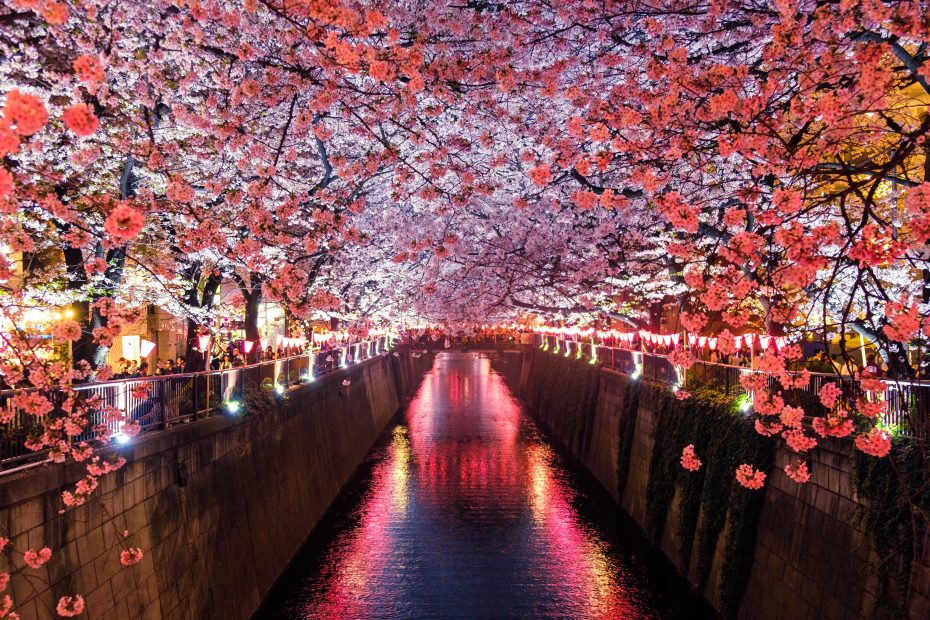Table of Contents
Introduction
The samurai warriors of medieval and early modern Japan hold an iconic place in the popular imagination, both within Japan and worldwide. With their fierce swordsmanship, code of honor, and loyalty unto death, the samurai have an instantly recognizable image that continues to capture public fascination. Beyond the legends and dramatizations, the history of the samurai reveals a complex warrior culture that had a profound influence on the development of Japan. This article will unveil the origins, skills, lifestyle, and enduring legacy of the samurai, Japan’s warrior class.
Origins of the Samurai
The samurai trace their roots back to the bushi, warriors that served noble families and landlords during the 9th to 12th centuries AD. As provincial clans grew in power throughout the late Heian period, they relied on bushi forces for defense and fighting local rivals. Bushi warriors were well-versed in the arts of archery, swordsmanship, and horseback riding – skills ideal for combat during Japan’s feudal era.
Zen Buddhism also had a strong influence on early samurai culture. The tenants of discipline, meditation, and developing inner strength resonated with the warrior class. The 13th century leader Minamoto no Yoritomo established the first military government, or shogunate, in Kamakura. He gathered around him skilled warriors that would form the early samurai class.
Training and Skills
Samurai training was extremely rigorous and designed to build an elite warrior. Young samurai boys would be sent away from their families to live in service of a noble clan. They trained in martial arts, swordsmanship, spearmanship, archery, and horsemanship. Meditation and religious studies were also key to developing mental focus and inner calm amidst the chaos of battle.
Beyond combat skills, samurai were expected to become educated in literature, poetry, politics, and etiquette. Playing instruments like the flute demonstrated cultured refinement. The samurai put great importance on loyalty, self-discipline, respect, and upholding honor until death. Their exhaustive training aimed to produce not just warriors, but individuals of great character and wisdom.
Samurai Values and Lifestyle
The Way of the Samurai, or Bushido, developed as a formal code of conduct in the 17th century. Though idealized, Bushido doctrine had a heavy influence on how the samurai led their daily lives. Samurai were expected to show unwavering loyalty to their lord. If their master was killed or committed ritual suicide (seppuku), the samurai would loyally follow them in death. Honor and duty took priority over one’s life.
Simplicity, discipline, and humility were paramount virtues of the samurai lifestyle. They followed strict routines and avoided shows of extravagance that could distract the mind. Their martial training and meditation was built around living each moment with focus and clarity of purpose.
The Samurai and Warfare
The samurai were professional warriors ready to follow their lord into any conflict or power struggle. They employed tactics suited to Japan’s terrain – fluid, adaptable, and emphasized small group skirmishing. Samurai would fight on foot when needed but preferred mounted archery and swordsmanship from horseback.
Spears were common early samurai weapons before swordsmanship took primacy. The curved single-edge katana became their iconic weapon. Samurai wore wood and leather armor that later evolved into full plate and mail by the 1500s. Famous samurai generals include Minamoto no Yoritomo, Oda Nobunaga, and Toyotomi Hideyoshi.
Decline of the Samurai
The samurai’s way of life was irrevocably changed in the late 19th century due to major societal shifts. Japan emerged from isolation and moved to modernize and form a national identity. The Meiji government abolished the feudal system and samurai privileges in 1871. Samurai lost their role as elite warriors and effectively became ordinary citizens.
However, dissatisfied samurai fought back in the Satsuma Rebellion of 1877, led by the storied soldier Saigo Takamori. After a year of fighting, the samurai were decisively defeated at the Battle of Shiroyama, ushering the end of the warrior class. Still, their military legacy lived on in Japan’s 20th century conflicts.
Legacy in Japanese Culture
While the samurai faded as a political force, their cultural legacy endures. Bushido concepts influenced modern Japanese business culture and emphasis on loyalty. The samurai are heavily romanticized in films, manga, anime, and video games. Historical sites from the feudal era are popular tourist attractions. The samurai represent an iconic period of Japanese history and their ethos continues to inspire art, media, and national identity.
Conclusion
The centuries-spanning saga of the samurai is integral to the cultural fabric of Japan. As history’s most famous warrior class, the samurai code and way of life left an imprint that still resonates today. Beyond battlefield legends, studying the samurai provides a window into Japan’s history, values, and national character. While these feared swordsmen no longer walk the earth, their tales continue to capture imaginations worldwide.
FAQs
Q: What was the key advantage of samurai swordsmanship?
A: Samurai spent years perfecting the art of swordsmanship. Their mastery of footwork, timing, and precision gave them superior skill in close combat. The katana design lent itself to a quick, lethal fighting style.
Q: How strictly did samurai follow the Bushido code?
A: Bushido was an idealized concept, not uniformly followed. Some samurai lived by the code strictly, while others diverged from it. Overall, Bushido represented a shared set of values more than legislated laws.
Q: How long did samurai training last?
A: Samurai began training around age 6-10. Their education could last over a decade, mastering martial arts, academics, arts, and etiquette. Training aimed to mold well-rounded individuals, not just fighting skills.
Q: What was seppuku ritual suicide?
A: Seppuku was a form of honorable death by disembowelment, done to avoid capture or undo shame. The samurai’s devotion meant not fearing death, so seppuku showed loyalty and courage.
Q: How accurate are samurai portrayals in films/media?
A: Depictions often romanticize or exaggerate the samurai image. Some elements like sword fights or armor have basis in fact, but dramatic liberties are also taken in storytelling.
